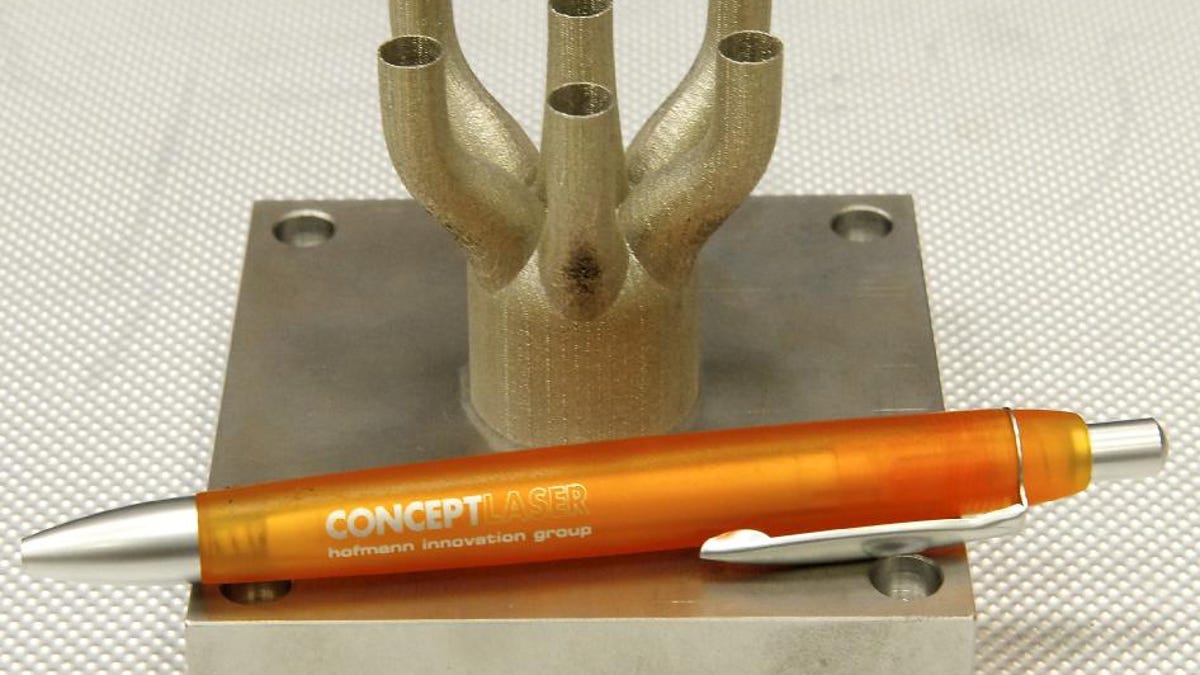NASA 3D-printing parts for its next rocket headed for Mars
A process called selective laser melting, similar to 3D printing, is being used to create parts for NASA's new Space Launch System.

3D printing has captured the imaginations of just about anyone who knows what it is -- even NASA, apparently.
The space agency is using a similar technology to create precise metal parts for its next heavy-lift rocket, which it hopes will eventually help take humans to Mars.
The method is called selective laser melting, or SLM, but it's not quite the same as printing up a sweet "Star Wars" chess set out of extruded plastic. It's more of a cross between 3D printing and some high-end, defense-grade awesome tech.
"Basically, this machine takes metal powder and uses a high-energy laser to melt it in a designed pattern," says Ken Cooper, advanced manufacturing team lead at NASA's Marshall Space Flight Center in Alabama, in a news release. "The laser will layer the melted dust to fuse whatever part we need from the ground up, creating intricate designs. The process produces parts with complex geometries and precise mechanical properties from a three-dimensional computer-aided design."
NASA says SLM can create parts more quickly and cheaply than in the past.
"Also, since we're not welding parts together, the parts are structurally stronger and more reliable, which creates an overall safer vehicle," says Andy Hardin from NASA's Engines Office.
The rig used to print, or "selectively melt," the rocket parts is actually made in Germany -- the M2 Cusing machine, built by Concept Laser. You can see it in action in the video below.
NASA is currently planning the first test launch of its new Space Launch System using parts created by the machine for 2017.

